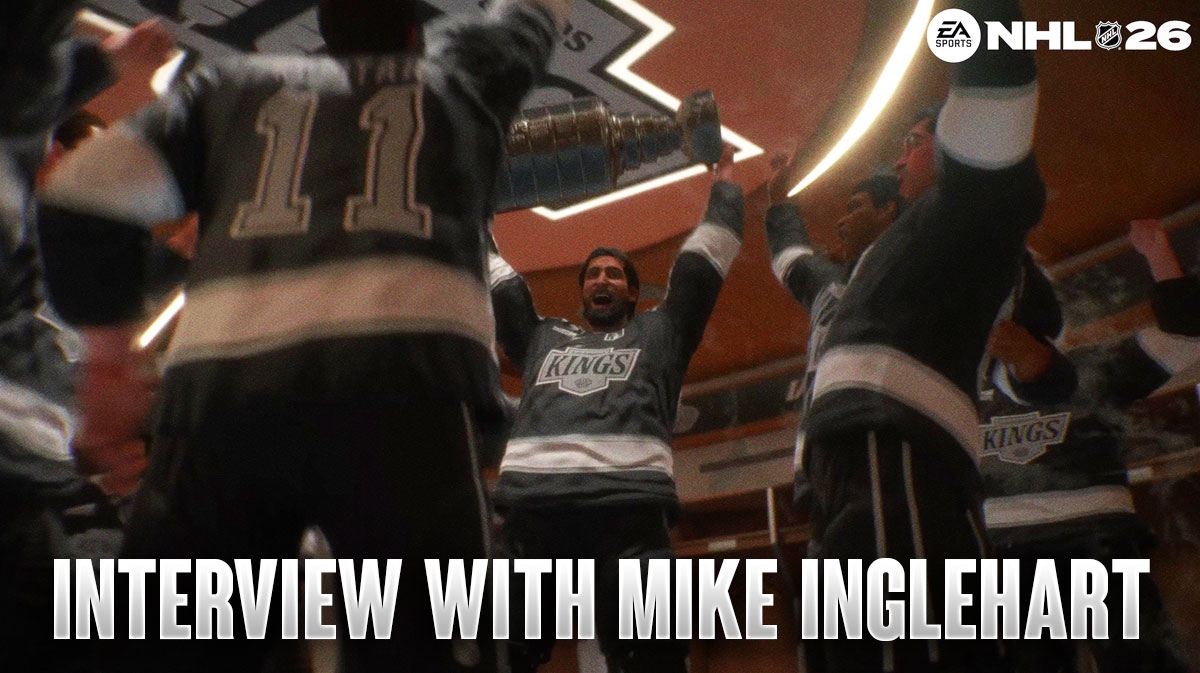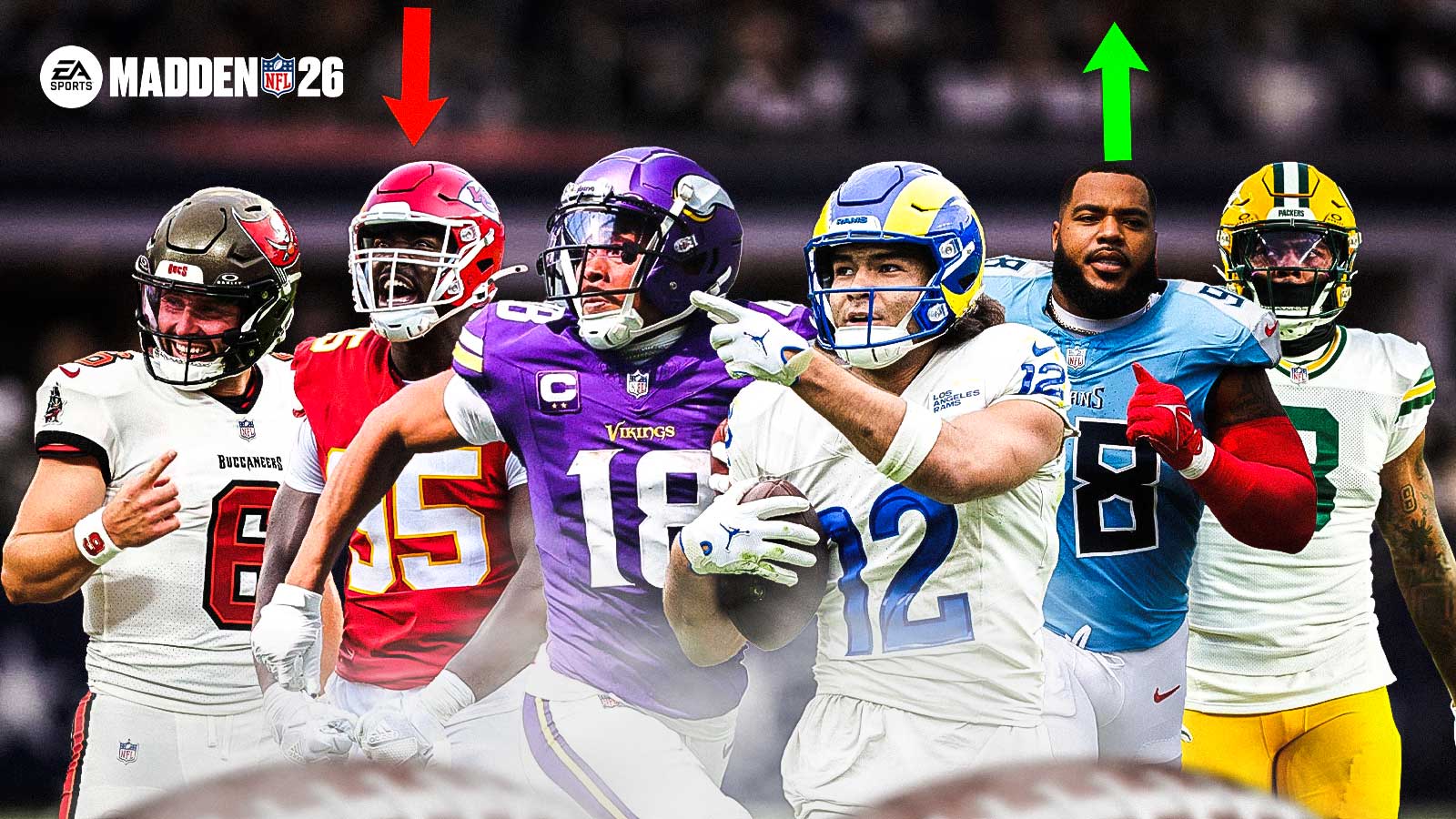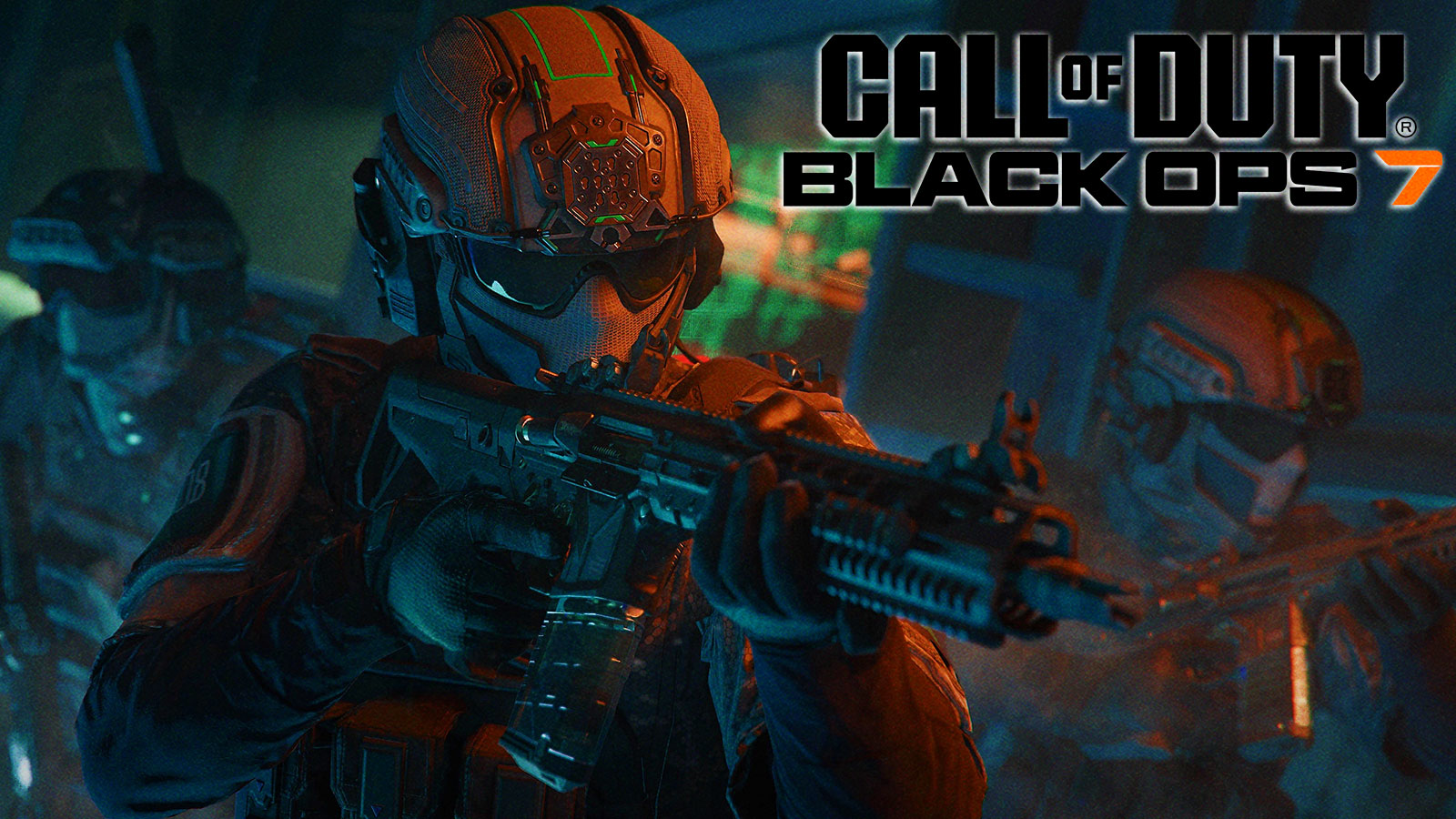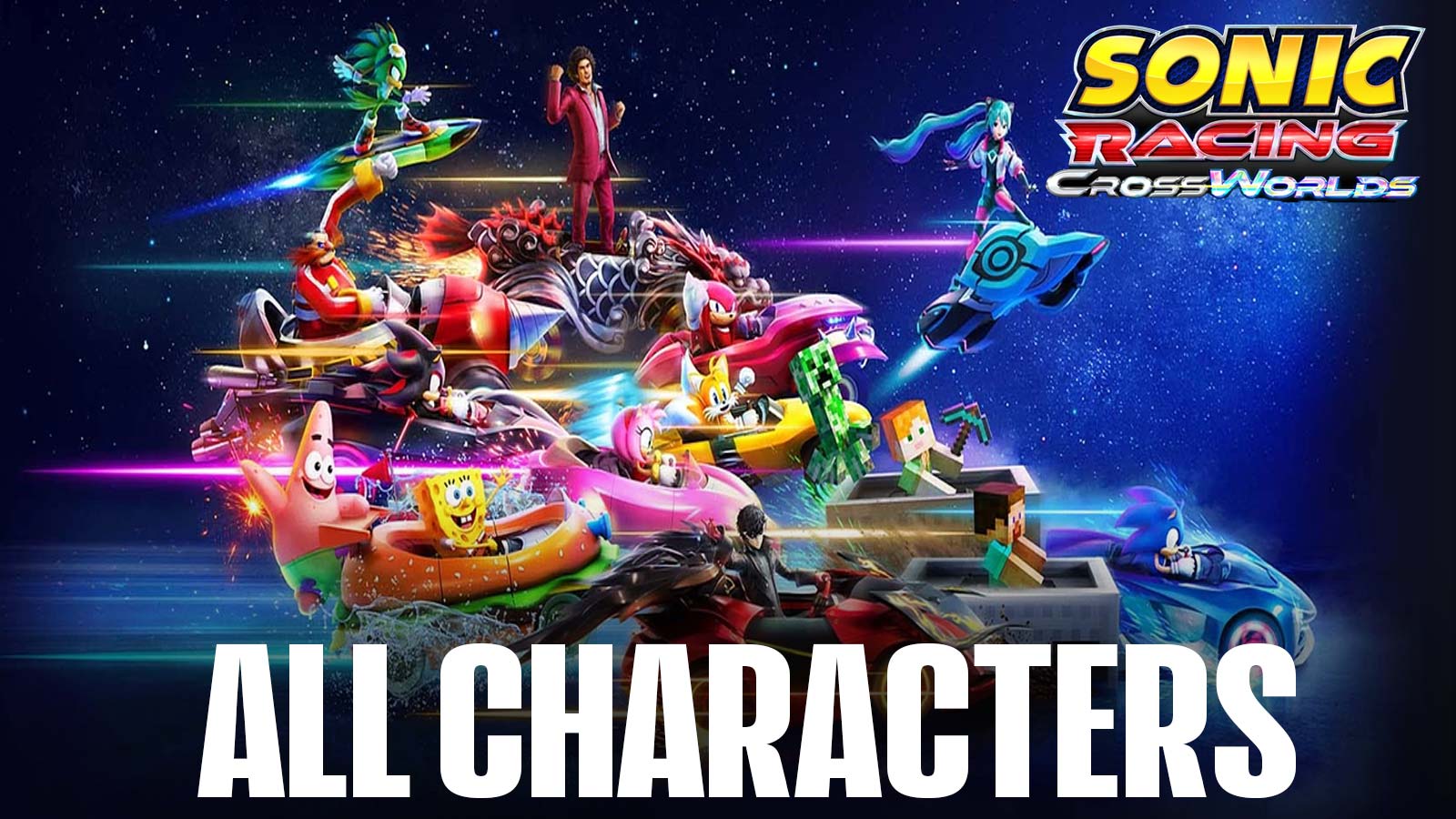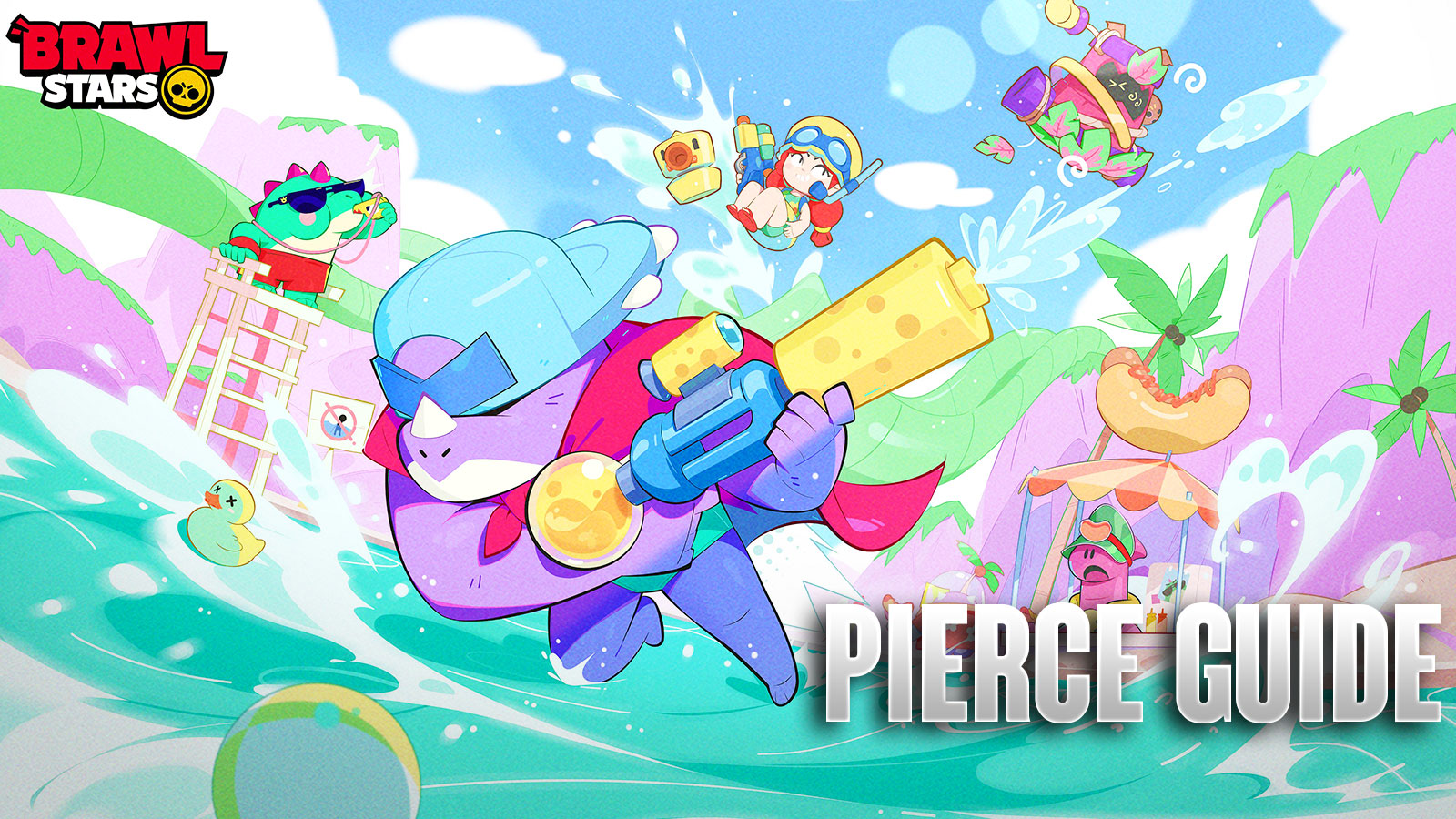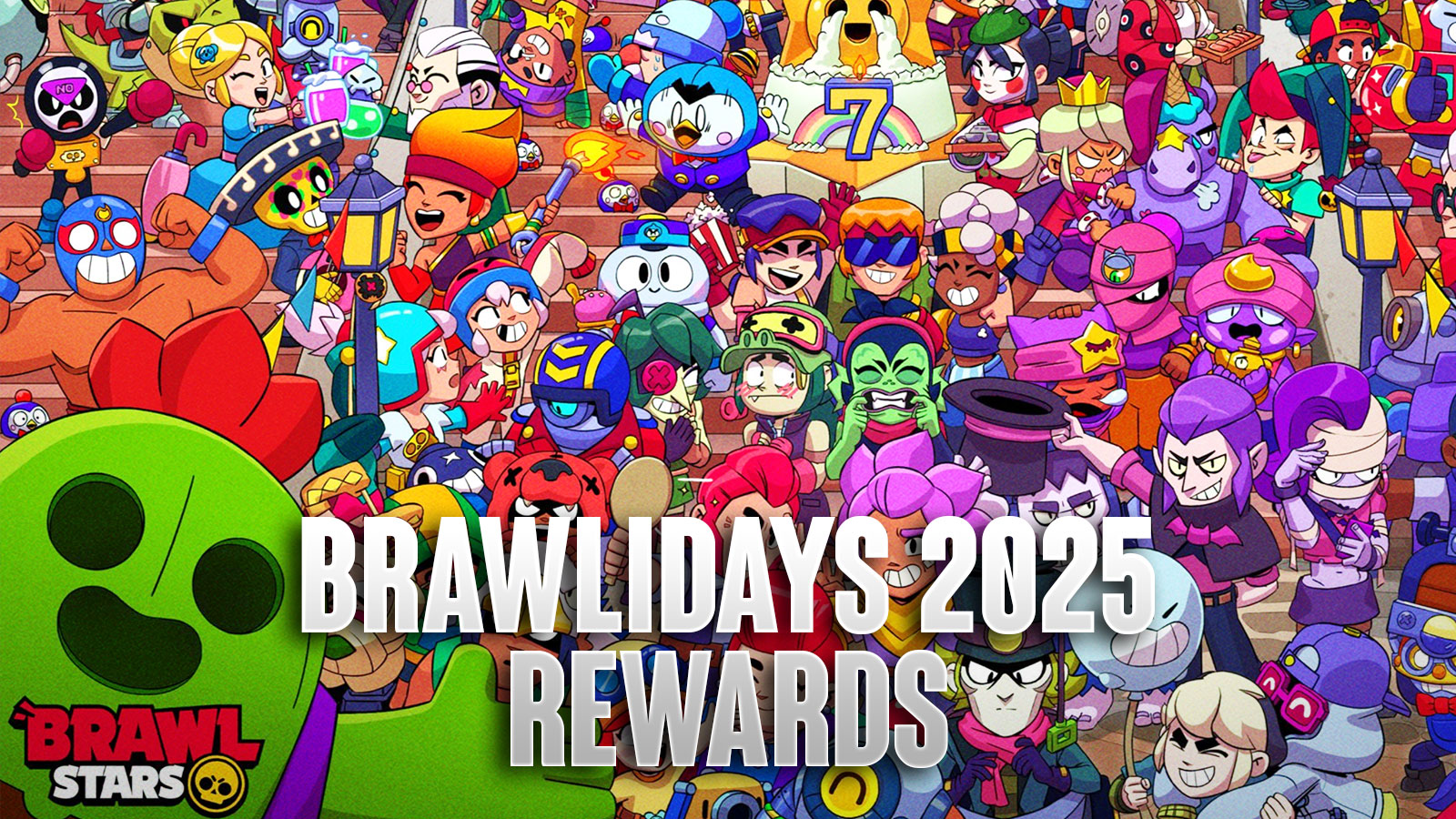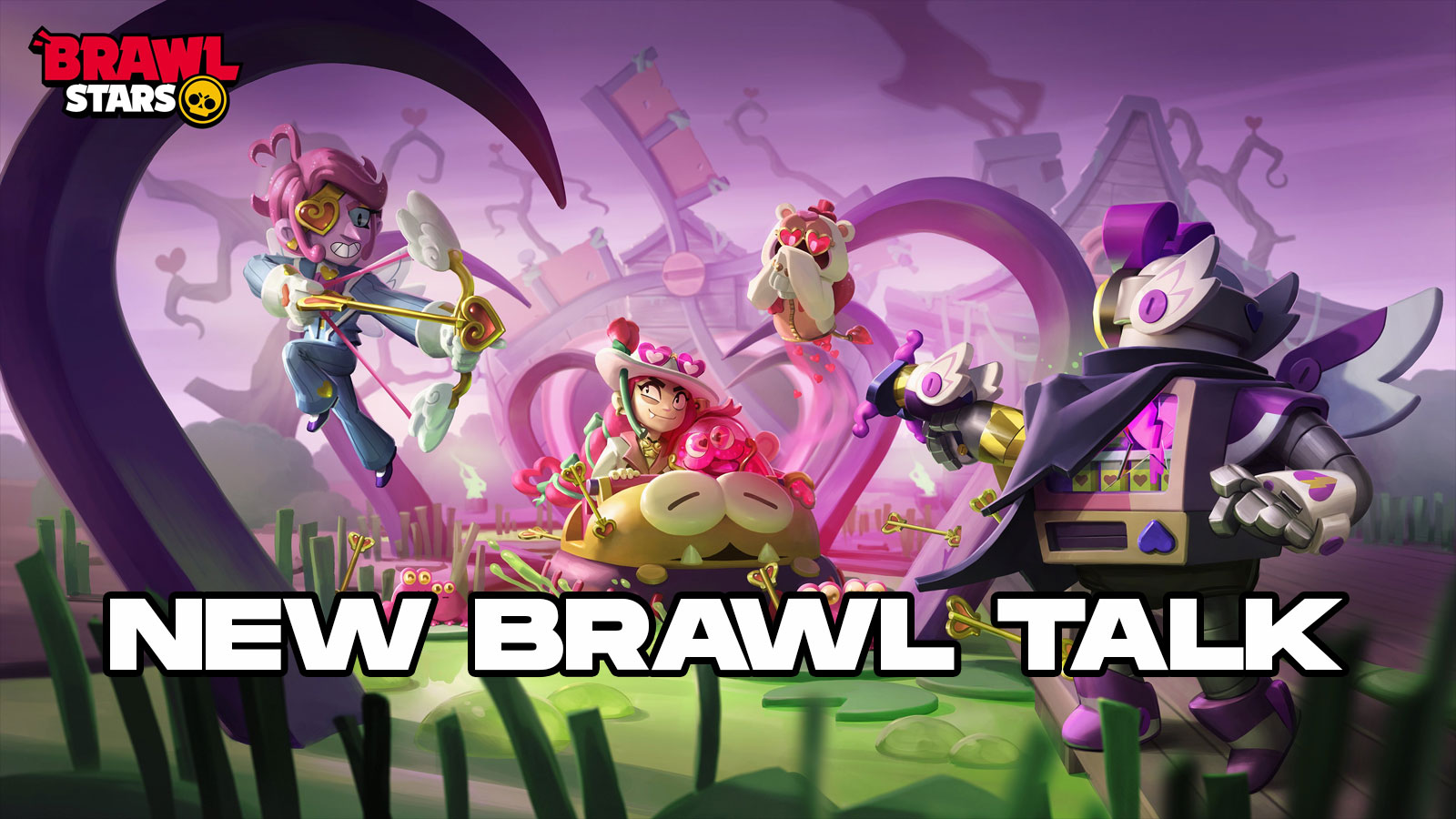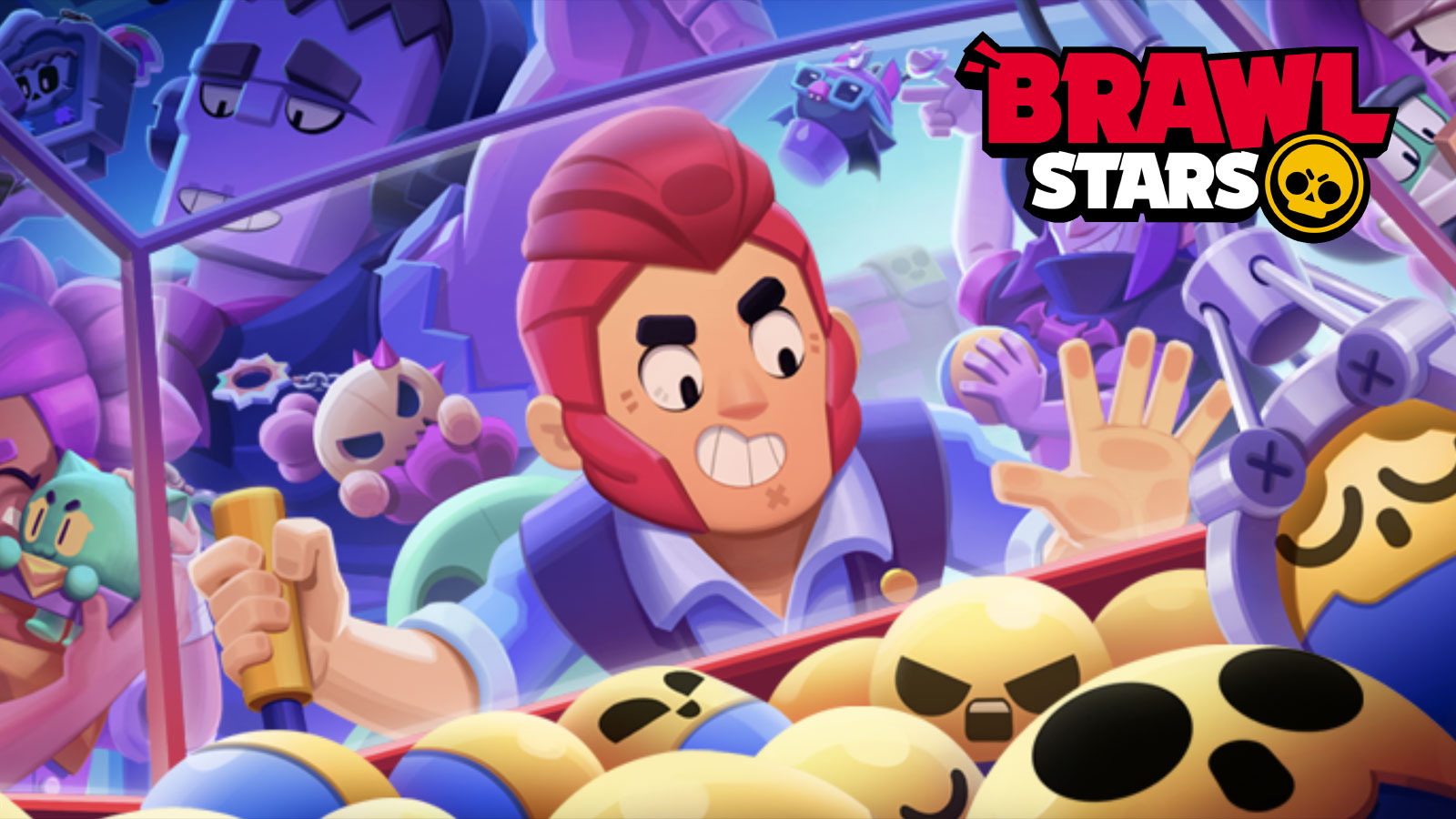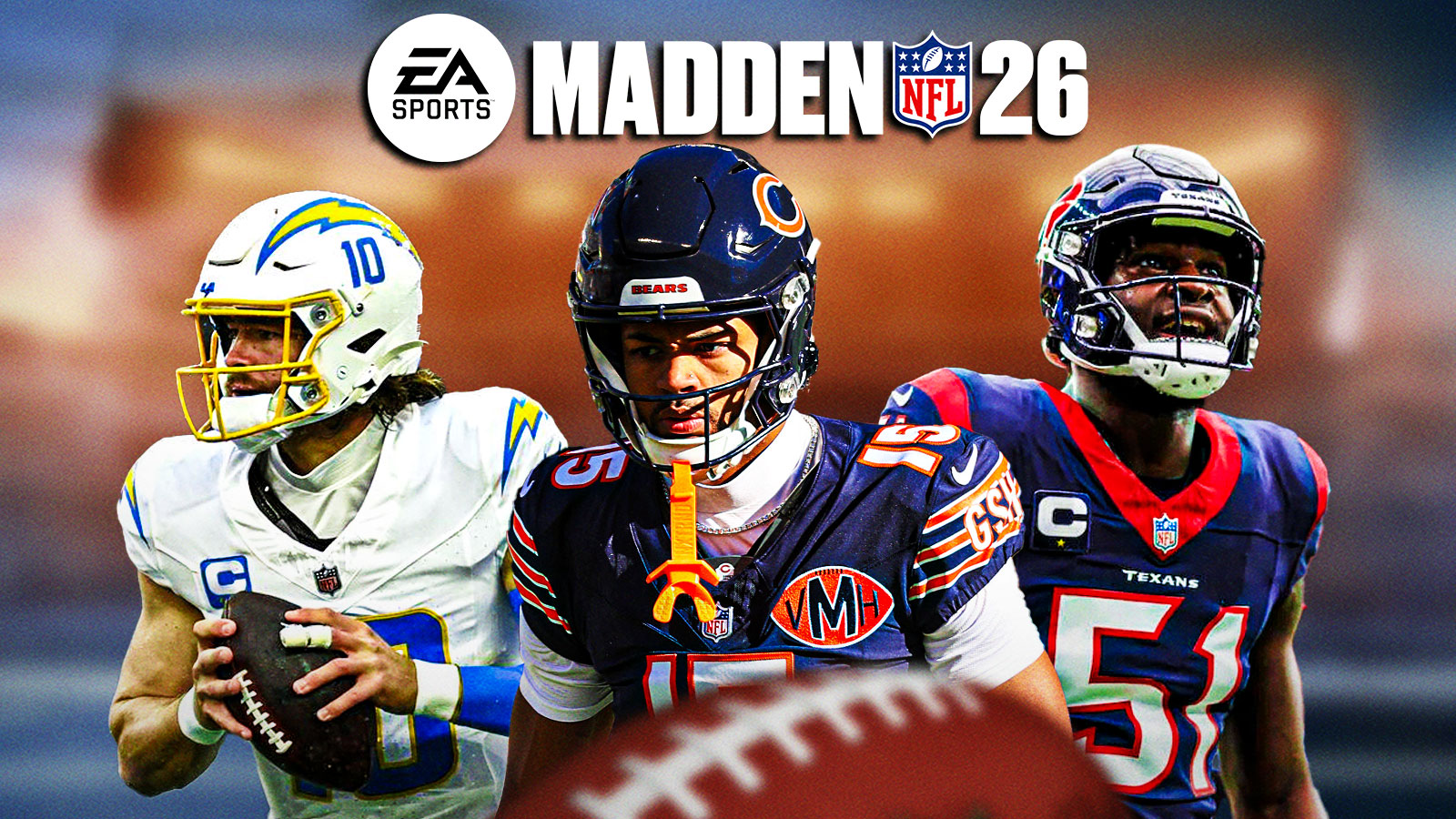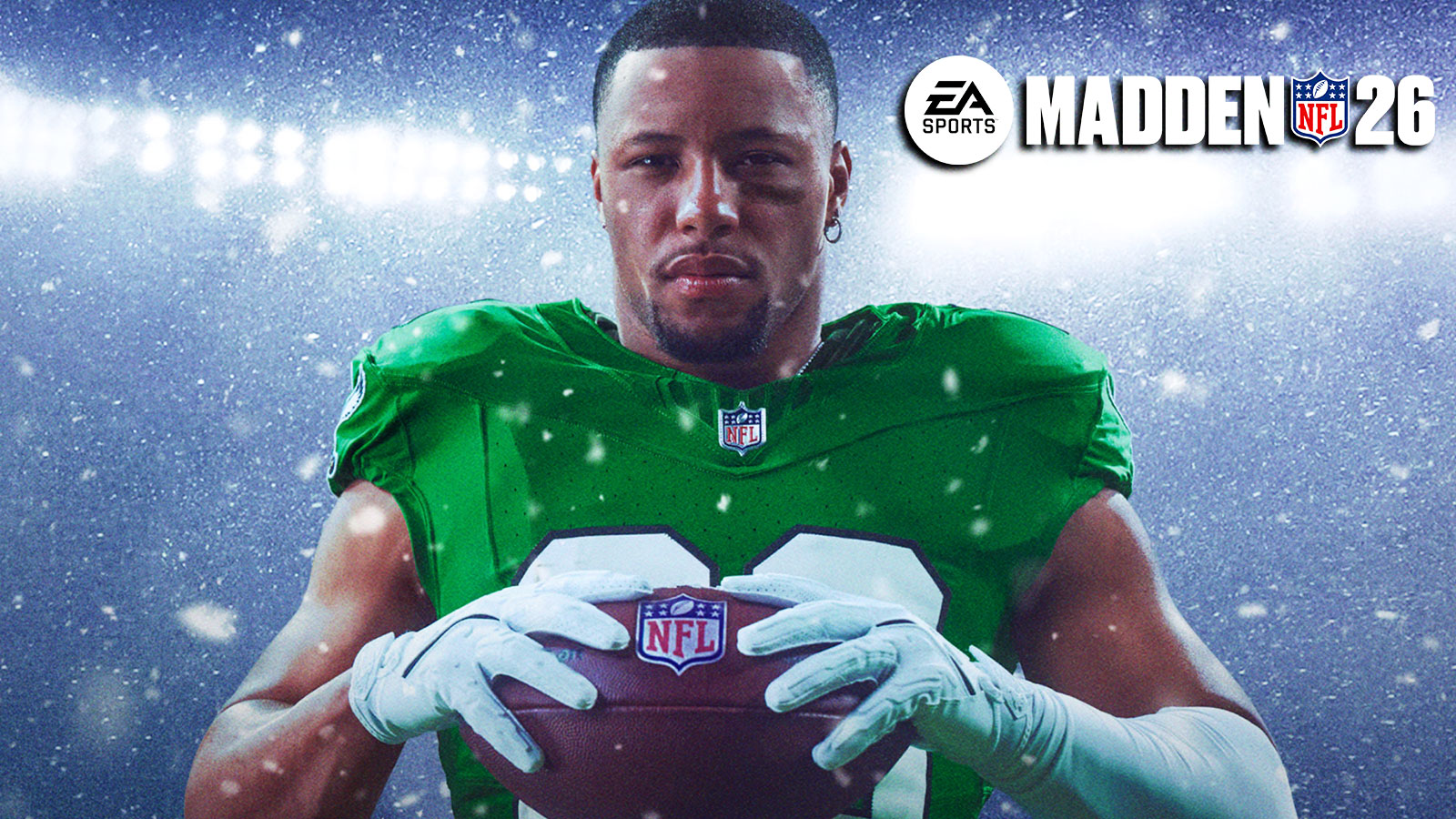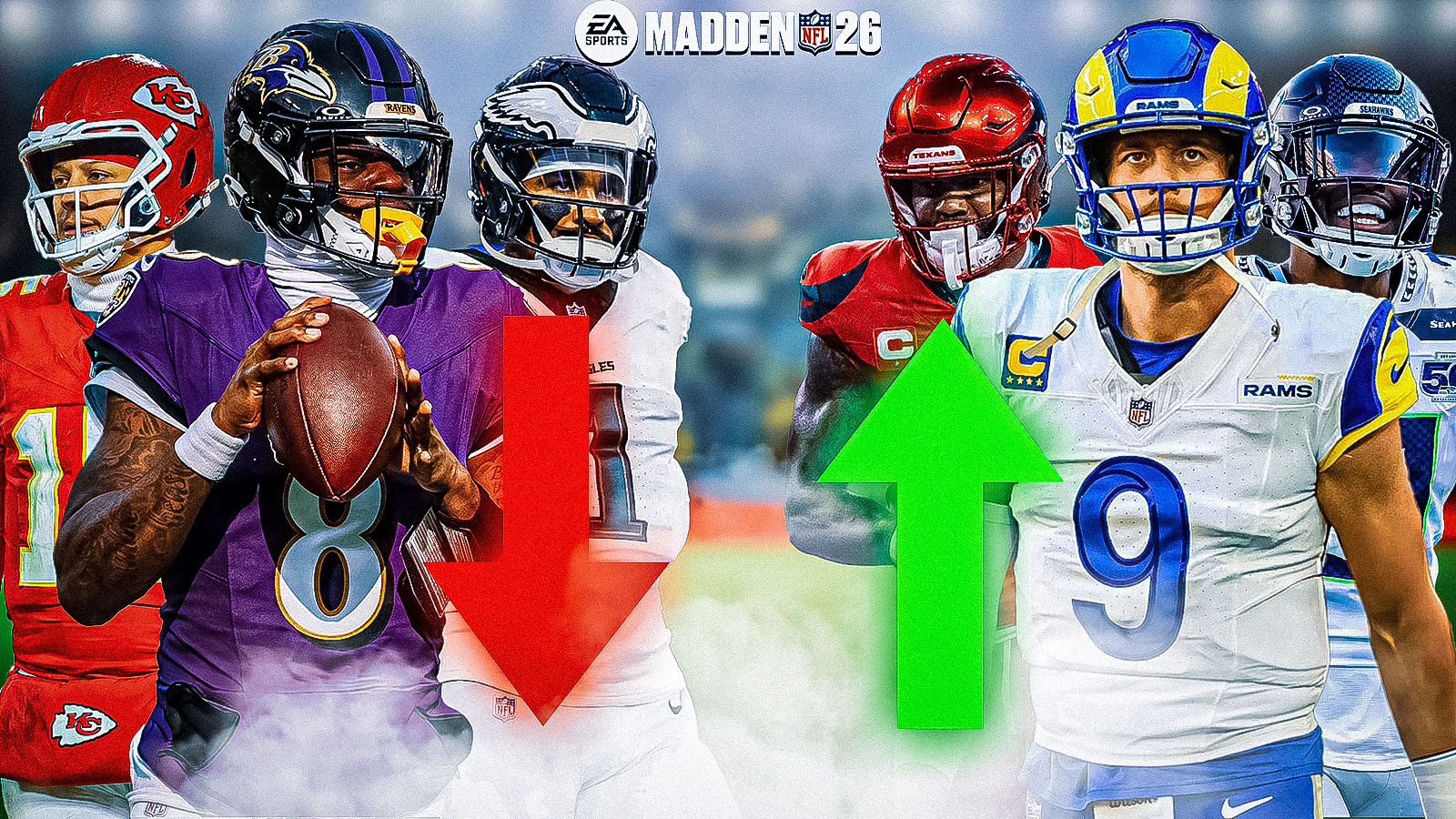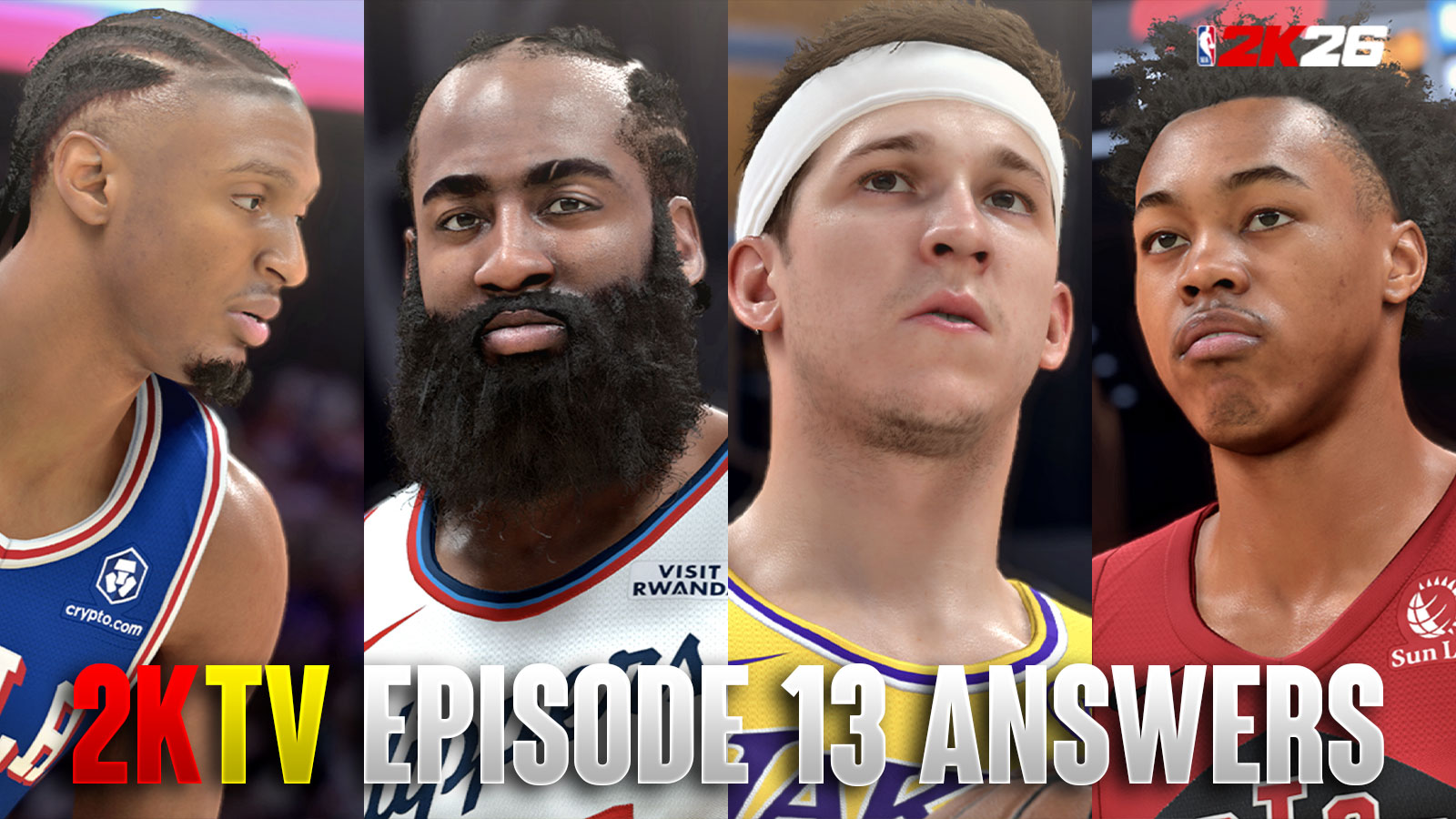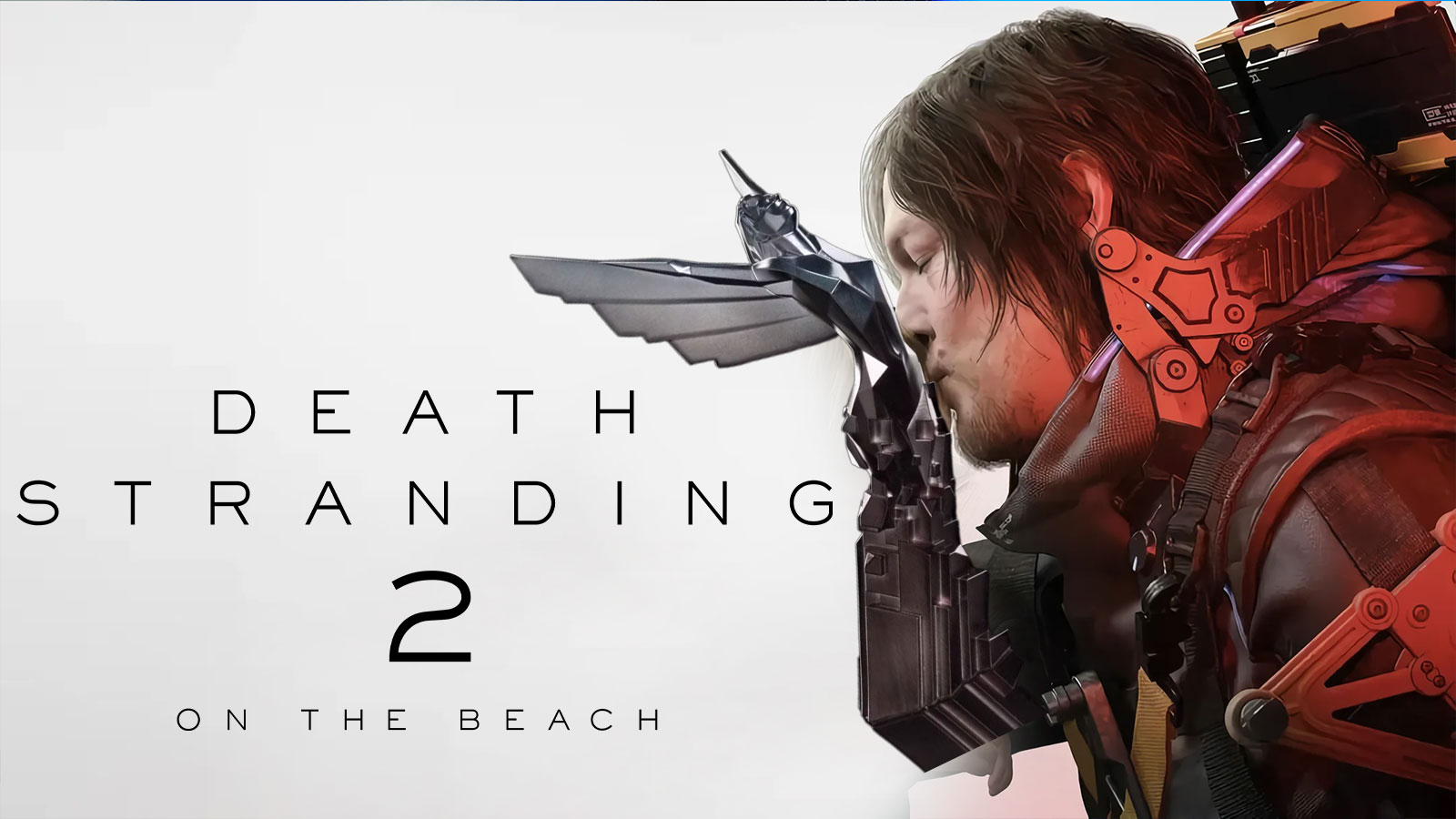We had the opportunity to interview EA Sports NHL Creative Director Mike Inglehart on NHL 26. We talked about its gameplay, and modes like Be A Pro, HUT, and more. Furthermore, learned more about ICE-Q 2.0 and how NHL Edge Data makes superstar players more unique than ever. Additionally, we got a bit more insight on how the team develops the game. Without further ado, let's dive right in.
EA NHL Creative Director Mike Inglehart Interview
We had the wonderful opportunity to speak with Mike Inglehart, Creative Director of the EA Sports NHL Series. Mike is a seasoned veteran of the video game industry who directed classic titles like Super Mario Strikers (Gamecube) and it's sequel – Strikers Charged (Wii). He also worked on Punch-Out!! (2009), which he even did some voice-over work for.
Mr. Inglehart has well over 20 years of game development under his belt. It's safe to say he knows what he's talking about. So, to have an opportunity to speak with him on the upcoming NHL game truly is an honor. But I digress. Let's get straight to the interview!
Massimo: How long have you been working on the NHL series?
Mike: September will be my fourth year working on [EA Sports] NHL.
Massimo: Do you ever look back to the old NHL titles for inspiration?
Mike: Yeah, I think, obviously the franchise has a long, storied history, one I grew up playing a well in my younger years. You not only look at other sports products around the market when you're working on a year over year sports settlement. But I think you also do look back at the history, and things that were popular at one point and still remain popular today.
How do we shape things from the past against modern trends and try to do our best to meet community needs? There's definitely a lot of touch points, but it's not just our product.
It's also looking at the sports market in general. Not just sports games, but all games that are currently relevant in the modern space. Because, you know, there's often ideas and other products and other genres that can be applicable to sports games or even, specifically a hockey game, of course.
Massimo: We've got two-time NHL Stanley Cup Champion Matthew Tkachuk as the cover athlete? Why did the team choose him?
Mike: Superstar is one of the big focuses for our product this year and really making them stand out like they do amongst the rest of the NHL body of players. Matthew is definitely somebody that embrace his role and has a very specific way of playing on the ice.
And so when we think about a lot of the things we've done with trying to capture specific tendencies, the rework we've done to the X-Factors he has, ones that we've assigned to him based on the way he plays. We just felt that he really does a great job of representing where the product is going.
To your point, he's a two-time Stanley Cup Champion. [He's] somebody who's definitely still getting started, and has many years ahead of him. But he also has a very unique personality, one that I think is, redefining hockey and bringing out a bit more charisma than other players, who are typically very humble.
Matthew has a very different personality and leads by example. And again, he really embraces the feature set that 26 has in store for everybody.
Massimo: Do you work like closely with players (like Tkachuk) when developing your game?
Mike: It depends on the year, and obviously, when we talk to them.
I wouldn't say it's something we readily get a chance to do every year. Because when we're working, they're playing. And so, a lot of the time the access we get to players is typically in the offseason, where we're kind of winding down the product. But we do sometimes have visits.
Teams might come through during the years when we're working. It's interesting seeing them as kind of like kids in the candy shop because they get a chance to see themselves in the game.
We do sometimes try to reach out and see if there's coaches or other people that have had experience previously. It hasn't happened yet in my time, but I know that it's happened in the past. So anytime we get a chance to sit down with some of the heads or brains of the NHL and pick their minds and stuff, we definitely jump at that opportunity.
Massimo: Speaking of gameplay, are there any specific features that you look forward to see players trying out?
Mike: I would say Superstars, no matter who you cheer for and who you decide to play with, or even what mode you play. Quite frankly, you're going to have an experience, from a gameplay perspective, that's very different than what we had last year.
X-Factors is an example. We've taken a system that had a lot of breadth and given it more depth now. The idea with X-Factors is that they were also always meant to create game-changing moments to add real tactical to what's out there. Athletes have tactical weapon that they bring to the ice every single night.
We took that from out data and said ‘let's focus on this' because these are really popular. You'll know when you're flying up the ice with [Connor] McDavid and see the difference, not just with his X-Factor, but also with his core attributes, because we've done work there with how we've worked with NHL Edge Data.
Or, [you're] using Austin Matthew and feeling not only his release being faster, but his ability to fire the puck harder. You're going to have tactical exploration all over the game. It's really going to change how you use players and how you set up your line.
And then going into World of Chel, where we've taken the X-Factor system and created a new player build system. We're going to have an area where the goal here is to have players constantly experiment with how they want their avatar built.
So if you and I are on a club and we're both defensemen, typically in the past, what we'd see is people creating the same builds over and over again. Well now, the system we have is going to ask each of us “what kind of defenseman do you want to be?”
How we spend our points against our X-Factors is going to create a meaningful choice. The idea is to have a lot more range of experimentation and play experiences. Then, with NHL teams, I can say that even when you line up against the AI. When you see McKinnon or McDavid fire the wheels of X-Factor and come at you – you're going to have more of those moments that are closer to what you see on a night to night basis in the NHL.
Massimo: What led to the creation of the new Goalie Crease system?
Mike: To your point, we talked about looking at past products. It's no surprise that goalies are always under the microscope, because it's the core meta design of the product, right? Keeping the puck out of the net as well as trying to put the puck in the net. So goalies are always going to have that keen focus on them.
When we looked at the current system, one real big challenge we had was an inability to have the goalies properly react to the chaos and the way that the puck can constantly change direction in hockey. That really left goalies in a spot where, while they had their moments where they felt really good, being stuck in an animation and allowing a simple goal to go in, where in real life that goalie is going to do their best effort to try to contort or dive across to try and make a save.
We didn't have that, so we really needed to do that. A lot of this effort too is also about trying to patch up as many of the holes that the goalies have. Our players our great at finding exploits that are out there. That's our job – to try and seal up those, well players call them “cheesy goals” or “glitchy goals” that are out there.
So there's a lot of effort in that as well to say “what are the real problem areas that we know exist that players can manipulate?” and try to give the goalie a better set of tools to defend against. At the same time, just improve their awareness, too.
I think the other cool thing that we've added this year is some reactions from an emotional standpoint. So you will see goalies in their dejected state when they get beat by the Puck, which, again, should bring more satisfaction. But more so, I think goalies are able to react and adapt to situations as we've seen in so many great moments, and combining that with our new replays..
Goalies are definitely going to be improved compared to last year,, and they're going to have their chance to shine. Our players will break down goalies, as they always do, and give us more work to do in the future. But I think people will be happy with where we've taken goalies this year.
Massimo: I like how you mentioned their emotions and reactions. We're seeing a lot of presentational updates, especially in Be a Pro. I really like the new Stanley Cup animation in the locker room. But for you, what's one of your new features in BAP this year?
Mike: I think, just in general, bringing the mode to a spot where we're focused on the true pressure that surrounds a pro career. The initial Be A Pro was made before my time. I think obviously that mode did well and served its purpose. But the idea is to take a lot of the feedback that was out there.
People said there there were far too many conversations. And to be frank, some of the conversations contextually didn't make sense. We all know that hockey teammates and pro teams hang out, but whether you're going bowling or to a museum, it's not really the fantasy that people are living.
So [we're] really targeting the conversations to be less frequent and focus more on the ice. But those conversations have to be high stakes, right? So players are, again, in the spotlight all the time when things are going well.
It's probably a great place to be if you come in as a rookie with high expectations. So I think we've created a really strong core loop to where we've created an experience that I think is more in line what that fantasy is.
You're going to progress, regardless. But now, if you don't live up to the challenges and don't overcome what's being put at your feet by the team, you're going to feel the repercussions of that, like a trip down to the minor leagues, which is something our players have been asking to get back into the experience.
Now, each decision you make is going to impact how your pro gets shaped. There's no filler, there's no fluff, and there's no fat. It's all meaty stuff that impacts the experience, and it's been a fun mode for us to play. We think people are gonna' be really happy with the package we have there.
Massimo: How did the team come up with the media engagement feature?
Mike: I think it was, again, the idea of “what conversation matter” and when things are going well, the media can be the best friends that you have in the world. And we've seen our favorite players go through tough times, and there can be kind of gritty conversations in real life. We just wanted to have the pressure of being able to perform flow through.
So you can have a conversation with your agent, your coach, and your GM. But the media is big and that has repercussions on relationships with your teammates, agent, coach, and GM.
Are you going to be a player that is more of an individual that's out for him or herself? Or are you going to be somebody that's more team driven? That choice is up to you, and you can change those decisions a you go through your careers.
The other thing I think it's important people know too, there is a lot of branching storylines that are in there. So you can go through and do multiple play-throughs and find different paths you didn't find the first time through, depending on your persona or the decisions you make.
So we just thought it'd be cool to put you in front of the press and deal with some of those questions and have conversations that feel more akin to what the pro journey is, and not focusing on some of the fluffy stuff.
Massimo: Speaking of players, one of the big things we mentioned was player tendencies. We'll have a lot at launch, but can we expect more afterwards in future updates?
Mike: Right now, the 22 tendencies we've created is what we'll have for this year. But gameplay is an ever-evolving thing. So can I say “never say never”? That's probably the best answer I can give you for now. But we'll always look at ways to continue to develop and evolve the tendencies.
What you'll notice, I think if you compare [NHL] 25 to 26 and people get a chance to play both, they can see the differences, especially on the AI side. When you're playing against opponents, you're going to see the AI do a lot more, Hockey IQ driven things that they haven't done before like taking more risk when there's a good chance to shoot the puck on the net.
We're doing that because, quite frankly, not all shots have to be from the doorstep or from the slot. A good shot through traffic can be as devastating as a wide open shot from the middle of the ice. So you'll notice different players doing different things.
I spoke before about McDavid, McKinnon, players that have wheels leaning into the tendency of being able to drive with the puck and use their speed to get around. So the dynamic when you're playing single player especially is going to be very different.
So for players in HUT, Franchise, and Be a Pro as well, you'll see things and see the AI playing in a far different fashion that what's been there before.
Massimo: How has the community shaped up NHL 26's Gameplay this year?
Mike: Every year we're looking at the feedback that's out there. I'd say the other thing we do is a ton of user research projects throughout the year.
So whether it's big changes, like we have for HUT Seasons this year and connecting with HUT players, or gameplay user research projects, or something we do every year as well.
And so we do that over the course, and get different players to come in and play it from different skill levels, and different experience with the franchise. That really helps give us a sense as to where things are and how we continually shape and tune the game. Obviously, when it goes out to the entire world, more feedback comes in.
So we'll stay closely connected to the community, and with our community team. You just have to make sure you're getting enough of a sample size before making a change.
But we really value getting player feedback throughout the cycle and not just focus on ourselves. Because I think it's easy for us to look at something through our own eyes and go, “it's good”.
It's always better to put it out to players and get a sense as to how they're taking it in. So that's something we do ever year. And I think we'll continue leaning into that more with each cycle, as far as we go on.
Massimo: What's the greatest challenge in developing an NHL game?
Mike: It's a big game with a lot of modes, and you always wish you could do more. That's probably the biggest challenge that's there.
Our community is very passionate, and there's a ton of things that they would all love being done every year. We have to pick and choose what are the right things to do on each product here. So it's just finding that right balance at the end of the day. And also being able to make sure we're creating meaningful updates to things.
I think that's a strategy we'll look more as we go forward. We know this update to Be A Pro for example is a significant update. We want to find ways to evolve that over time without waiting for a number of years before it gets another change, right? And we hear that feedback from the community.
Massimo: What's the biggest update coming to HUT this year?
Mike: HUT Seasons. It's probably the biggest significant change we've had to HUT in a long time. And again, working closely with groups that we talked to, we knew HUT had to evolve and change and become something more meaningful from a team building perspective.
So this year, it's a brand new way to make your team. We have aspects such as line & captain chemistries, and it's going to be a different challenge to build the team.
Now we've got a set of rules each season, such as salary cap. It creates restrictions that you're going to have to work with. It's not meant to be ultra tight. But it's meant to ask you “Who do you really want to have on your team?”
I think the other interesting benefit is each card will now carry value throughout the entire cycle. Before, as the OVR goes up, previous cards kind of become obsolete. That's not the case anymore.
Choosing what to get rid of, choosing what to invest into other cards becomes a far more meaningful decision. A card you get in season one, you may find is very valuable in season 4. So that completely changes the game.
The other really cool thing is we've made a lot of changes to our competitive rank system for PvP players with their feedback, to make that less of a grind and something that's more complementary to the time that's invested.
Then, for offline players there's HUT Cup Chase. It's brand new and gives people that aren't ready to play against people aa meaningful place to play. In the past, we've had squad battles. But it's really just been playing single games with no purpose at the end of the day.
So now you're actually playing through a season, trying to make the playoffs, and get a chance to hoist the HUT Cup. It's a great place for new players who haven't played HUT come in and find a place that they can get comfortable.
Cup Chase will change every season. Maybe eventually they [the player] get enough skill and determination that they want to into PvP. But there's safe places now for everybody to exist within the mode.
And that wraps up our interview with Mike Inglehart, Creative Director of EA Sports NHL 26. We want to thank both Mr. Inglehart and to everyone who helped make this possible. Furthermore, we look forward to trying out NHL 26 when it drops this week for Early Access.
As we await the game's launch, feel free to learn more about its features. Whether it's Franchise, Be A Pro, or Gameplay, we've got you covered. We look forward to the launch of NHL 26.
Lastly, for more gaming and NHL news, visit ClutchPoints. Furthermore, subscribe to our gaming newsletter for more weekly info.

